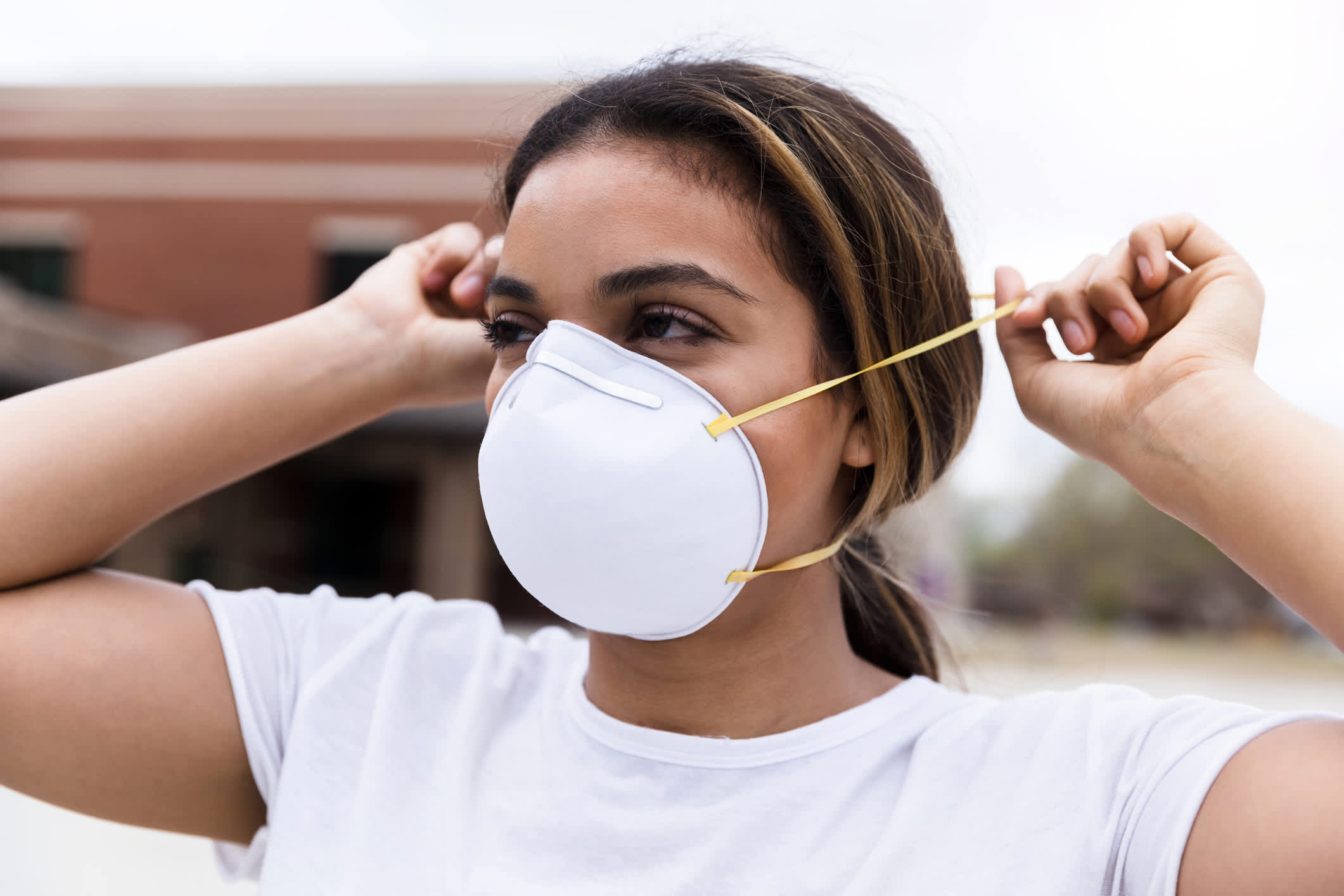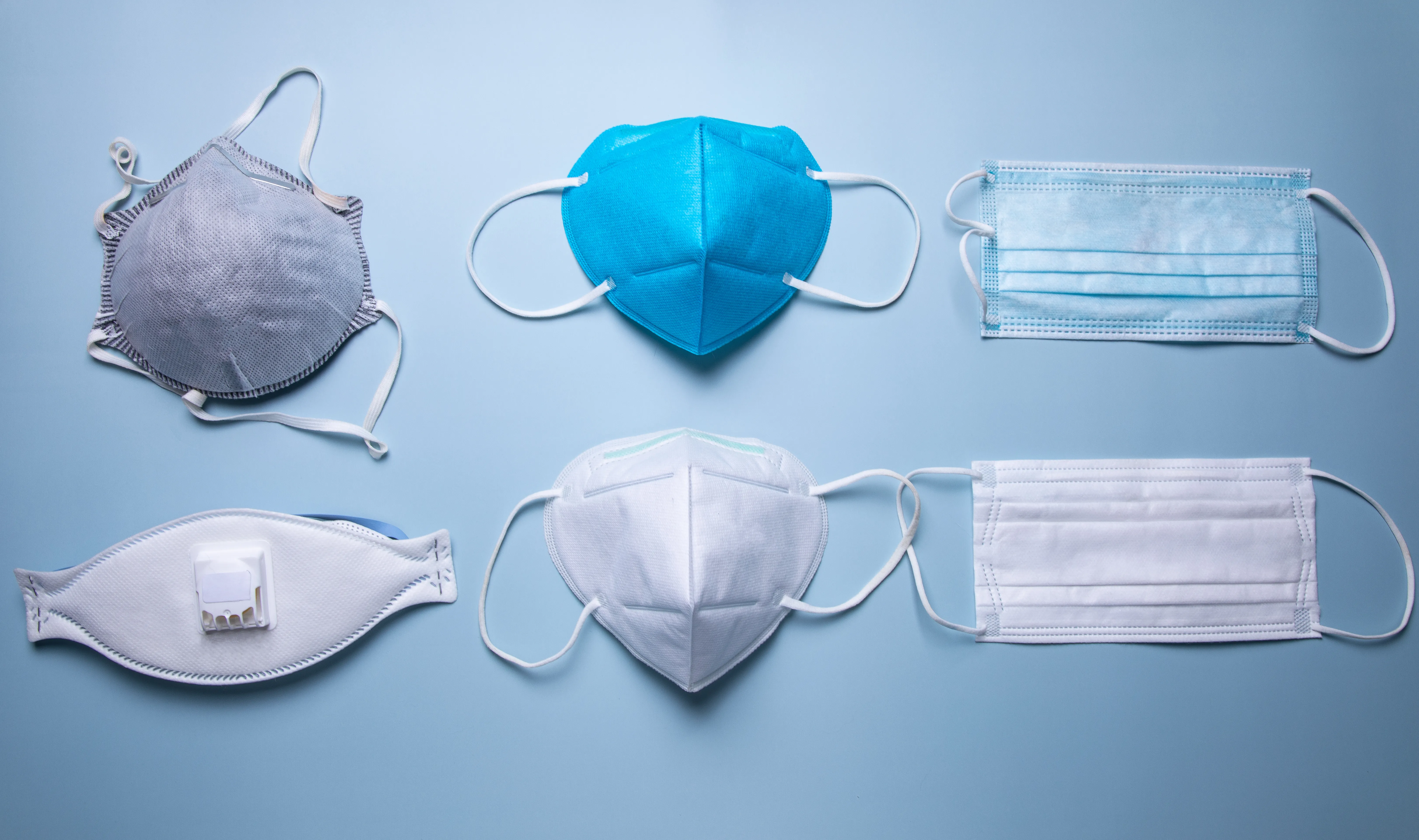As the coronavirus pandemic wears on for another year, health officials continue to stress the importance of wearing face coverings to protect against COVID-19.
Up until recently, the U.S. did not recommend that the general population wear N95 masks or KN95s, citing a shortage of N95s for health care workers.
But earlier this month, the Centers for Disease Control and Prevention updated its guidance for the general public, saying people "may choose" to wear N95 and KN95 masks as they offer the best protection against COVID-19.
And starting this week, the U.S. government will begin distributing a total of 400 N95 million masks at pharmacies and health centers to combat a rise in surging omicron variant cases.
Feeling out of the loop? We'll catch you up on the Chicago news you need to know. Sign up for the weekly Chicago Catch-Up newsletter here.
As sites prepare for distribution, what should you know about the different types? And what makes the KN95 and N95 different from each other?
According to the CDC, masks are created to "contain droplets and particles you breathe, cough, or sneeze out." And if fitting closely to the face, they can provide protection from particles spread by others, including the virus that causes COVID-19.
Respirators, on the other hand, filter the air and particles. They also contain the droplets and particles you breathe "so you do not spread them to others."
N95s are regularly referred to as the "gold standard of respirators" and filter out at least 95% of airborne particles. Approved by the National Institute for Occupational Safety and Health, N95s must form a seal to the face in order to work properly, according to the CDC.
The difference between N95s and KN95s comes down to standards.
KN95s are assembled in China and have been called the "most widely available respirators that meet an international standard." Unlike N95s, KN95s are not approved for use in health care settings.
The CDC has stopped short of recommending one type of mask over another, saying people should wear the most protective mask possible.
The CDC previously said "about 60% of KN95 respirators NIOSH evaluated during the COVID-19 pandemic in 2020 and 2021 did not meet the requirements that they intended to meet."
The CDC also noted international respirators "are designed to standards that do not often have a quality requirement."




